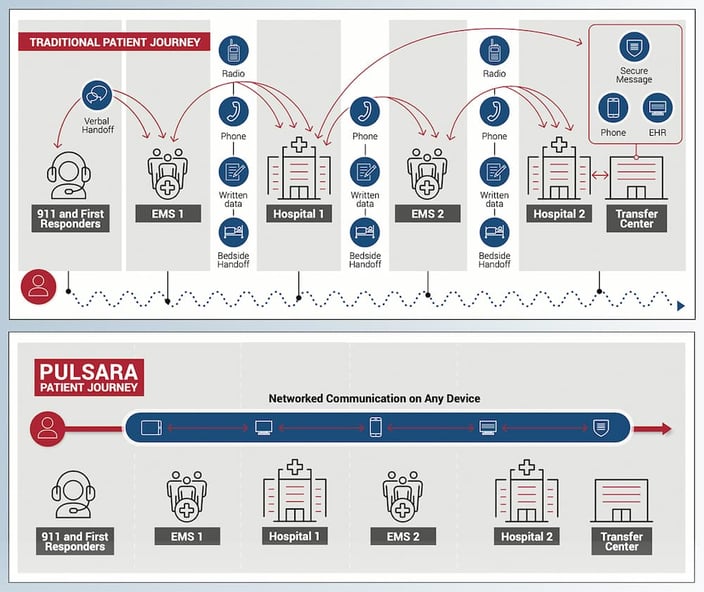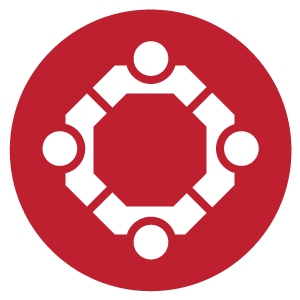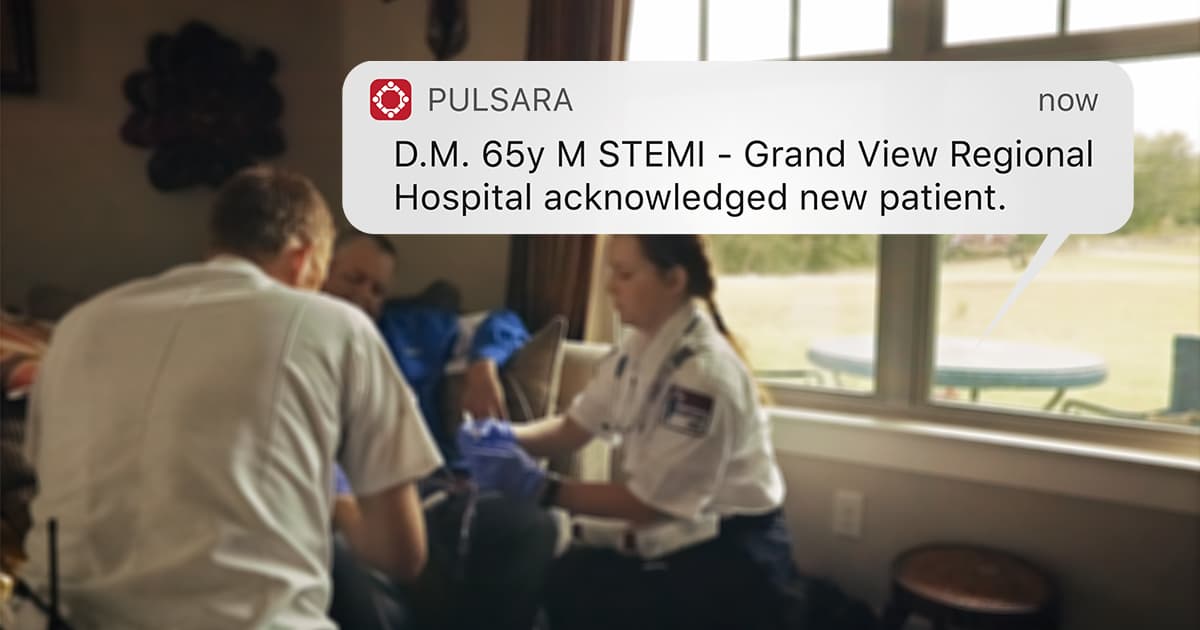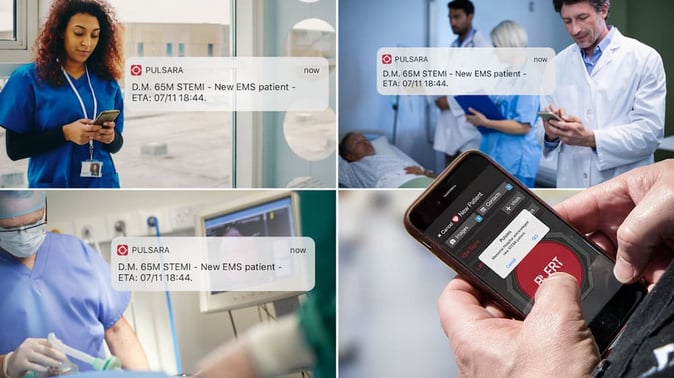When all care teams are connected on a single patient channel, communication is made simple. Rather than the repetition and stress involved in relaying the same message multiple times to multiple different teams, everyone can instantly see the same information and be made aware of the patient's condition with the touch of a button. Below, you can see the impact a single, shared, accessible source of truth can have in a healthcare system.

By replacing multiple phone calls, radio reports, faxes, and pagers with one unified patient channel, care providers see reduced treatment times, reduced costs, and improve the lives of both patients and caregivers.
Unite Care Teams Across Organizations
Time and lives are precious. Ready to build and unite your inter-organizational care teams with a solution that works?
Questions to Ask Yourself and Care Team Members:
- How much better could patient care be if communication was streamlined across a healthcare system, regardless of location or organization?
- How could your life, the lives of your fellow clinicians, and the lives of your patients improve with an efficiently coordinated patient care journey?
- How much more efficient could patient care be if each team member has easy access to patient details—providing what they need to know, when they need to know it—on a single channel dedicated to each patient?
Let’s create better patient care together.

 Team Pulsara
Team Pulsara




![[PRESS RELEASE] Published Research Finds Up to 31% Faster STEMI Treatment Times in Rural Hospital Setting with Pulsara](https://www.pulsara.com/hubfs/_1_website-page-blog-assets/pulsara-hosp-teams-assign-cardio-stemi-rn-1200x701.jpg)

